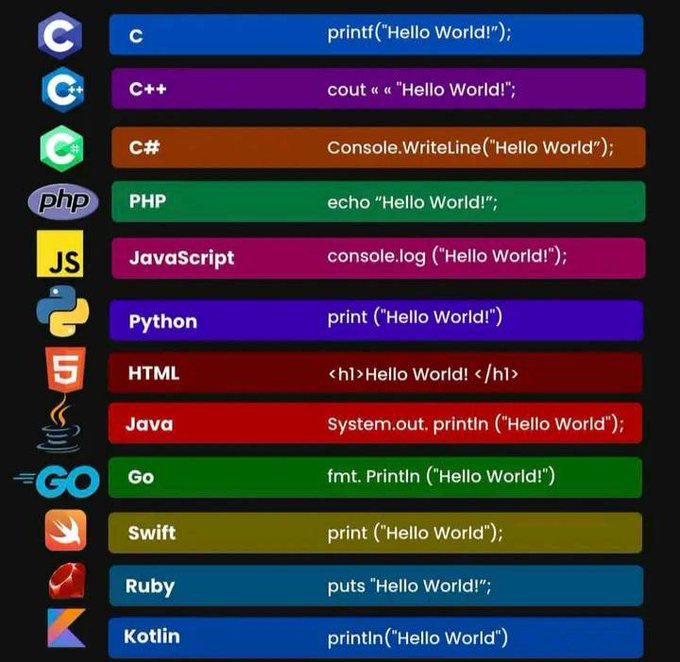How many languages are there?
Just as hundreds of different languages have been spoken throughout history, with English, Spanish, French, Chinese, Japanese, Russian, etc. just naming a few of the most popular languages - computer languages are also diverse with new languages developing every few years and popular ones taking root within the technological backbone of society.
First there were low-level languages like Assembly & Machine Code: Which was kind of like typing in [1 0 1 0] ones and zeros known as binary. These low-level languages are hard to understand for humans but easy for computers to process. In 1952 Autocode was the first language that could be translated into machine code. Since then new languages continue to grow:
1957 - Fortran
1959 - COBOL
1964 - BASIC
1970 - PASCAL
1972 - C (foundational for future languages)
Syntax: the set of rules that govern the structure and organization of programming languages. Each language has syntax conventions, which means that you have to type the instructions in a slightly different format, including rules for naming varables, defining functions, and structuring control flow statements.
1983 - C++
1987 - Pearl
1991 - Python & Visual Basic
1993 - Ruby
1995 - Java, JavaScript, & PHP
Modern languages continue to evolve: Once familiar with the underlying concepts behind computer programming you can start to learn the nuances of each including similarities and differences. Some are better for certain tasks but weaker for others, personal preference can drive language usage or it could be dictated by particular computer systems that are built on old code that must be maintained.
-
Add a short summary or a list of helpful resources here.

